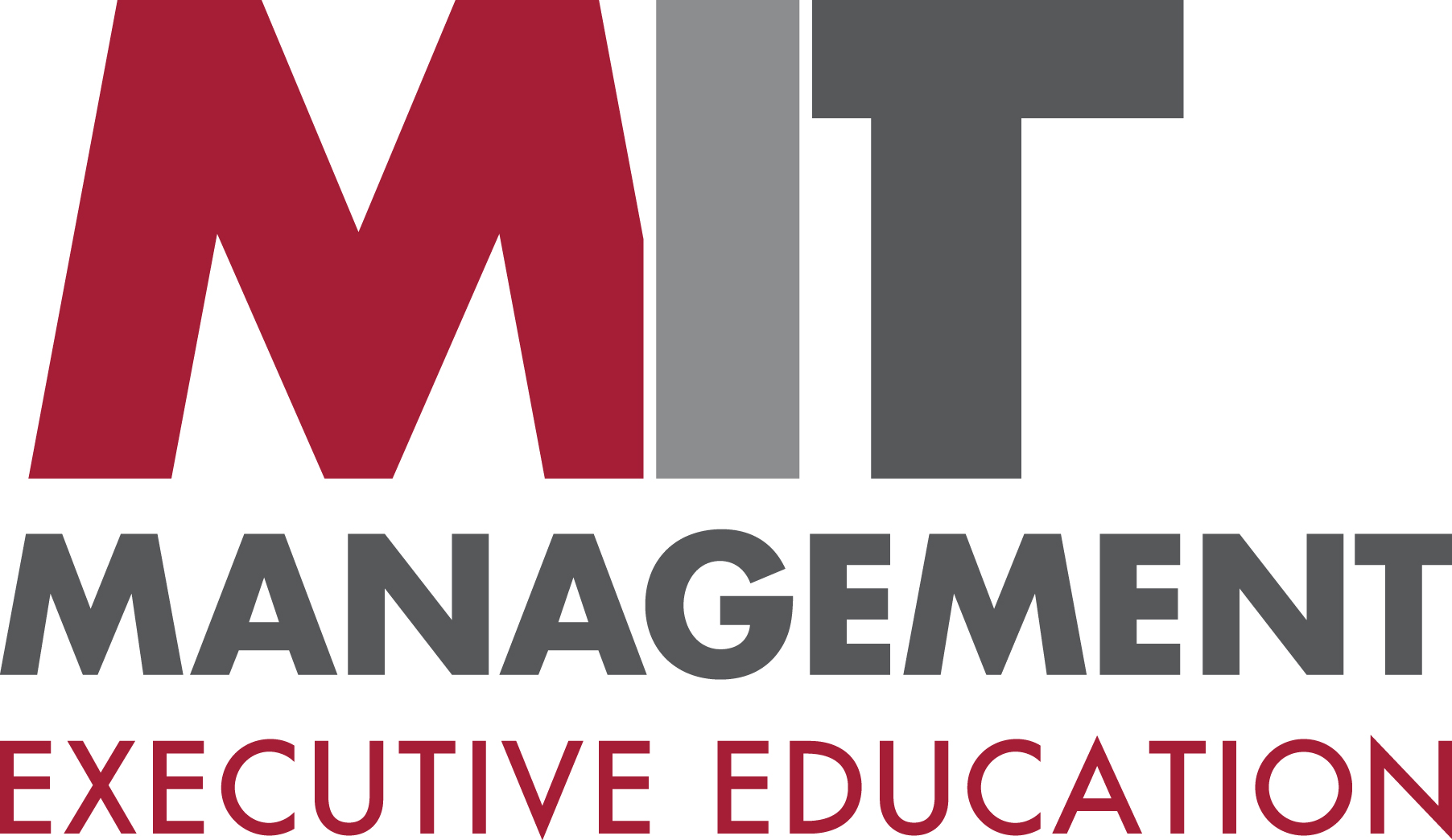- Behaviour
The Promise and Perils of Social Media
MIT Sloan’s Professor Sinan Aral on the rise of fake news and how we tame it
Just how prevalent and disruptive has fake news become though—and how can we learn to live with it, or to avoid it? A unique study from MIT professor Sinan Aral provides valuable answers; as does his new book The Hype Machine: How Social Media Disrupts Our Elections, Our Economy, and Our Health—and How We Must Adapt. Aral describes his book and his research findings in a recent webinar and in a discussion with Rebecca Knight, host of the MIT Sloan Expert Series.

Sinan’s core message is that social media, the extraordinary phenomenon that has enveloped our entire media and communications networks in a decade, is a ‘hype machine’ that we urgently need to control, to avoid dangerous distortions in the way society operates—in social interaction, statecraft, politics, voting, business, public health—really every level of our civilization. “We can,” he claims, “achieve the promise of social media while avoiding the perils—but to do so we have to be rigorous and analytical—approaching it in a scientific way, rather than in a soundbite way, political slogan way, or a polarized way.”
Sinan began his research in this area, after experiencing the panic and spread of uncertain news during the Boston marathon terrorist attack in 2006—well before the term ‘fake news’ was coined. In fact, Sinan avoids this term and refers in his work to ‘false’ and ‘true’ news. The research study involved a comprehensive analysis of all verified true and false news spread through Twitter between 2006 and 2017, including during the 2016 election campaign. It looked in depth at 126,000 stories that had been read by millions of people and retweeted millions of times. Six independent fact checking organizations—staffed by real people—categorized the stories; with the six agreeing with each other’s categorizations, true or false, 90-98% of the time.
Sinan’s overwhelming and disturbing finding was that “false news travels faster, further, deeper, and more broadly than true—by an order of magnitude sometimes.” Interestingly this did not seem to be because of the type of people doing the spreading—active Twitter users with multiple followers and people followed were no more guilty of spreading false news than infrequent users. Nor was it ‘bots’. Bots may scale up the problem, but they appear from the research to spread equal amounts of true and false news. Perhaps the most likely reason was to do with ‘novelty’. A false news story can be 70% more likely retweeted than a true one, because it is novel—unsurprisingly novel, because when facts are discarded it is easy for someone to manufacture interest, titillation, provocation, and shock.
………………………………………………………………………………………………………………….
Sinan Aral is the David Austin Professor of Management at MIT, where he is a Professor of IT & Marketing, and Professor in the Institute for Data, Systems and Society where he co-leads MIT’s Initiative on the Digital Economy.
Join him for one, or more, of these online programs:
Digital Marketing and Social Media Analytics (live-online): Dec 17-18, 2020
Digital Marketing Analytics (self-paced online): Nov 25, 2020-Jan 26, 2021
Social Media Strategy: Creating Engagement, Insight, and Action (self-paced online): Nov 25, 2020-Jan 27, 2021 | Feb 17-Apr 6, 2021 | May 12-Jun 29, 2021 | Jul 28-Sep 14, 2021 | Oct 13-Nov 30, 2021
………………………………………………………………………………………………………………….
For balance it is important to remember that social media can be truly beneficial. The fantastic immediate response to the Nepal earthquake in 2015 when young people used social media to save thousands of lives by reporting on earthquake damage in real-time, far outperforming the country’s civil authorities. And the $15.5m raised by Facebook for victims of that earthquake was far more than provided by US and European governments combined.
It can be hugely damaging too though. One tweet in 2013—‘Breaking: Two explosions in the White House and Barrack Obama injured’—a fake alert apparently from AP, one of the US’s most trusted media, but placed by Syrian hackers, led trading algorithms to systematically cause the selling off of $130 billion stocks within minutes. The COVID pandemic has of course been a new lightening rod for misinformation, echoing the false news surrounding vaccination, that has caused measles to proliferate in the US. (Measles was eradicated in 2000, 1282 cases were reported in 2019).
How should we react to this? Sinan suggests far more research is needed before solutions are found. There is no silver bullet, but several levers can be applied to move in the right direction. One much publicised lever is the need for greater regulation. Money is another. The media platforms are largely financed by advertising and as false news attracts audiences it attracts advertisers. Platforms taking steps to disincentivize advertisers from linking to false news, seems one obvious next move.
Labelling news stories to signal their veracity may be another way—but who determines veracity? Finally, and perhaps most hopefully for the future, as quantum computing ramps up the power of algorithmic automation, there may be ways that smart algorithms can be used to more accurately detect and label false stories. And, of course, we as consumers of news, through experience and through education, will get better at assessing what is true and what is false.
………………………………………………………………………………………………………………….
MIT Sloan is uniquely positioned at the intersection of technology and business practice, and participants in our programs gain access to MIT’s distinctive blend of intellectual capital and practical, hands-on learning.
ARTICLES YOU MIGHT LIKE
BOOK REVIEW
An authoritative antidote to executive stress, overwhelm, and burnout
DEVELOPING LEADERS QUARTERLY MAGAZINE AND WEEKLY BRIEFING EMAILS


































